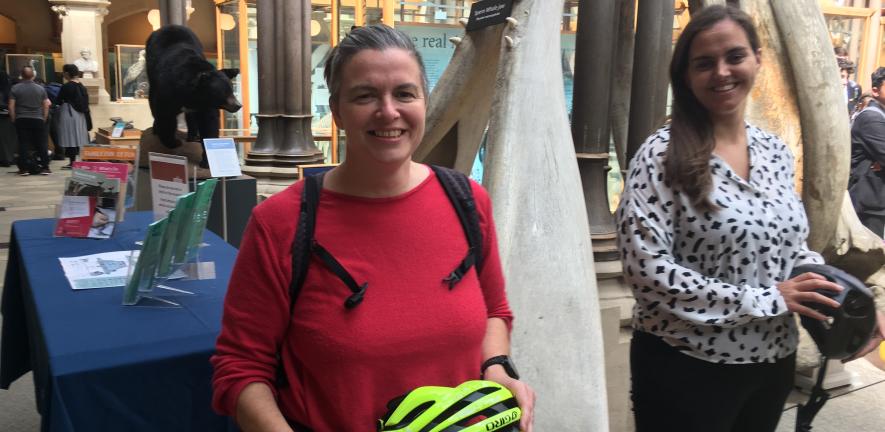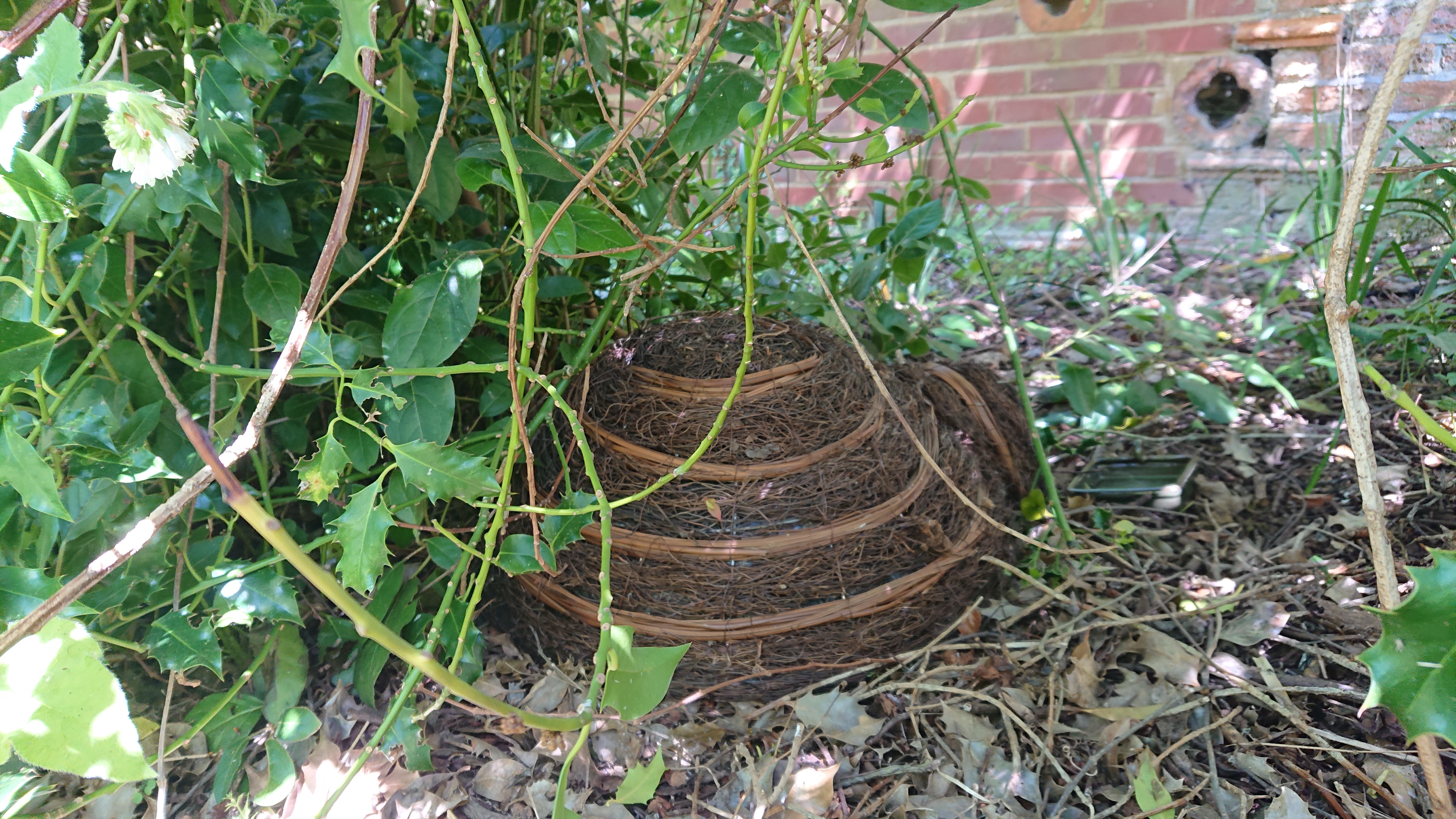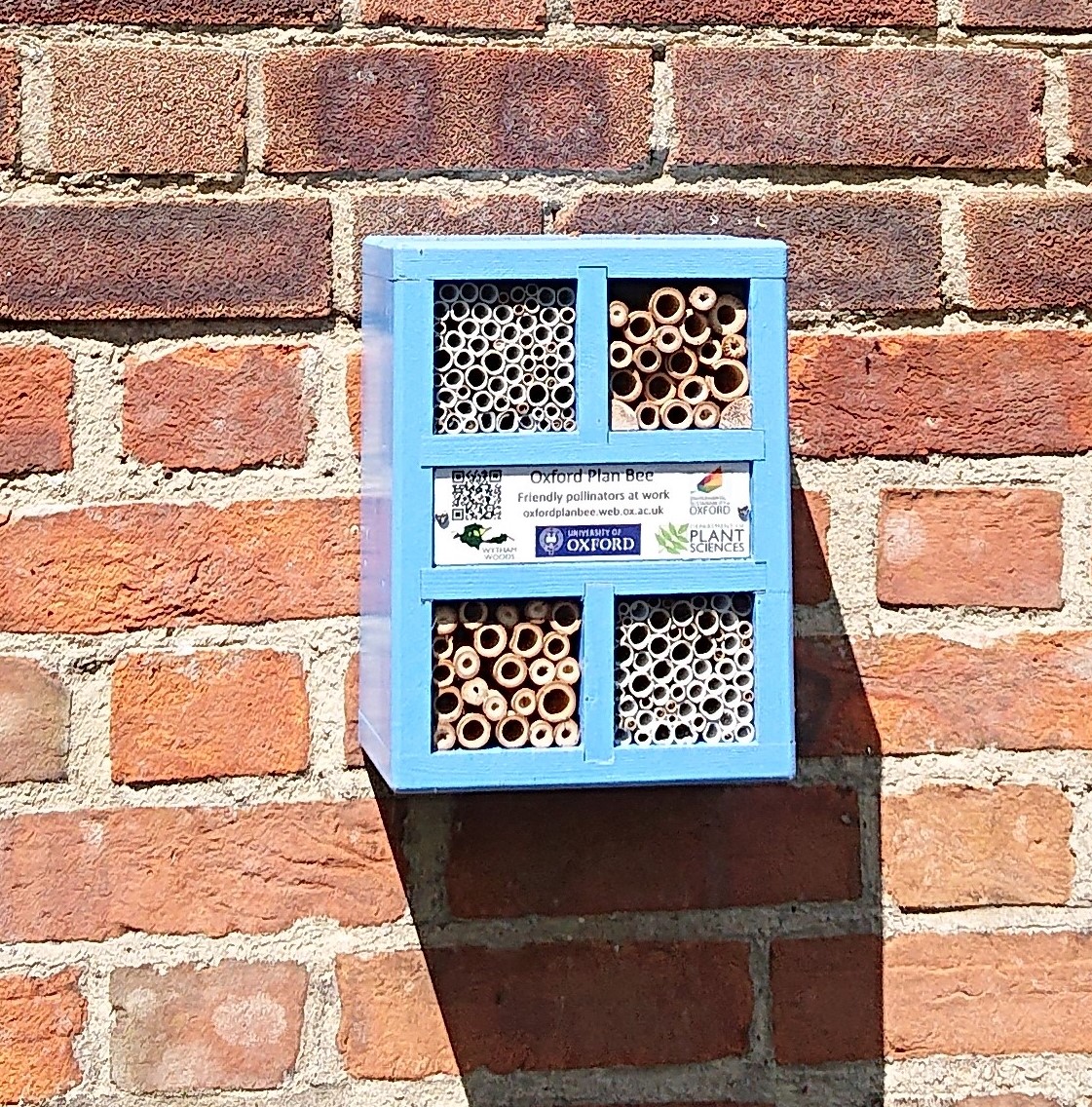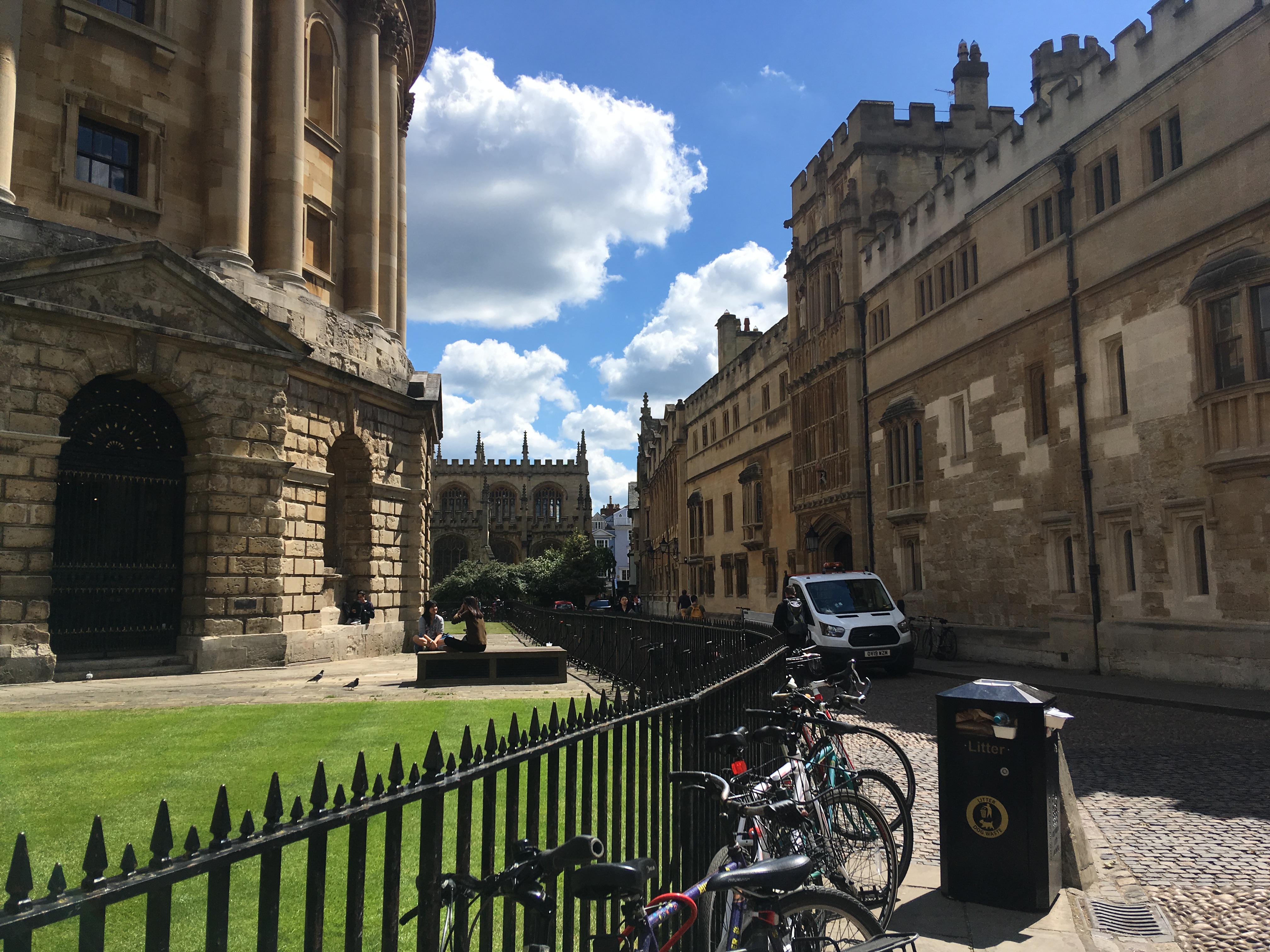
Submitted by Grainne Kennedy on Tue, 2019-05-28 16:36
On 21 May, the Environment and Energy section paid a visit to Oxford to meet our counterparts from the Oxford Sustainability team, in the stunning surrounds of Worcester College. As ancient Universities with devolved structures who dominate the cities we occupy, there is much we can learn from each other, so the goal of the day was to share best practice and follow up on a similar exchange in Cambridge last November.
Some things we do differently
Oxford have been charging departments directly for energy use for many years. This is something that we are about to put in place with the Electricity Devolution Programme. While both institutions strive for sustainability in all our construction, we use different standards to achieve that goal. All new constructions in Oxford aim to meet the Passivhaus standard while all new developments in the University of Cambridge are to meet the BREEAM Excellent standard. Finally, in relation to travel one big difference between the two organisations is that the University of Oxford charges staff for parking while the University of Cambridge does not.
The challenges that we share
Like us, University of Oxford have a committed group of staff taking sustainability action in their departments and Colleges. The achievements of staff and students are celebrated each summer in a ‘Sustainability Showcase’. We met some of those staff on our visit to Kellogg College. Home to a new Green Impact team, this College had focused much of their efforts on water consumption this year. They also had biodiversity initiatives, as could be seen in hedgehog houses and bee habitats placed around the College grounds (figures 1 and 2), while the team had also initiated a challenge to get staff and students cycling more. We thought their approach as a Green Impact team was very interesting, the team organiser Rodrigo put together a number of project options at the beginning of the Green Impact year, each project had an estimate of the time it would take, and the advantages and disadvantages of each option were clearly laid out. Staff and students were then asked to vote on the projects that they found most worthwhile and a certain number of staff volunteered to lead each project. Using this democratic approach has helped the Kellogg Green Impact team to get more buy in, but more importantly it helped Green Impact team members to consider some of the challenges that they might face early in the project.


Figure 1: A hedgehog house Figure 2: A wall-mounted beehotel with QR code.
Like at the University of Cambridge, Oxford’s Colleges’ involvement in Green Impact varies depending on interest from students. In the College we visited this was overcome by incorporating a responsibility for sustainability into the role description of some full-time staff.
Going forward
The visit was a great opportunity to build relationship with those who do the same work as us, and going forward we will continue share experiences and be a sounding board for each other. The sheer variety of experience in the room was impressive and we left Worcester College feeling energized and inspired by the great work that both teams are doing to make our institutions more sustainable.

